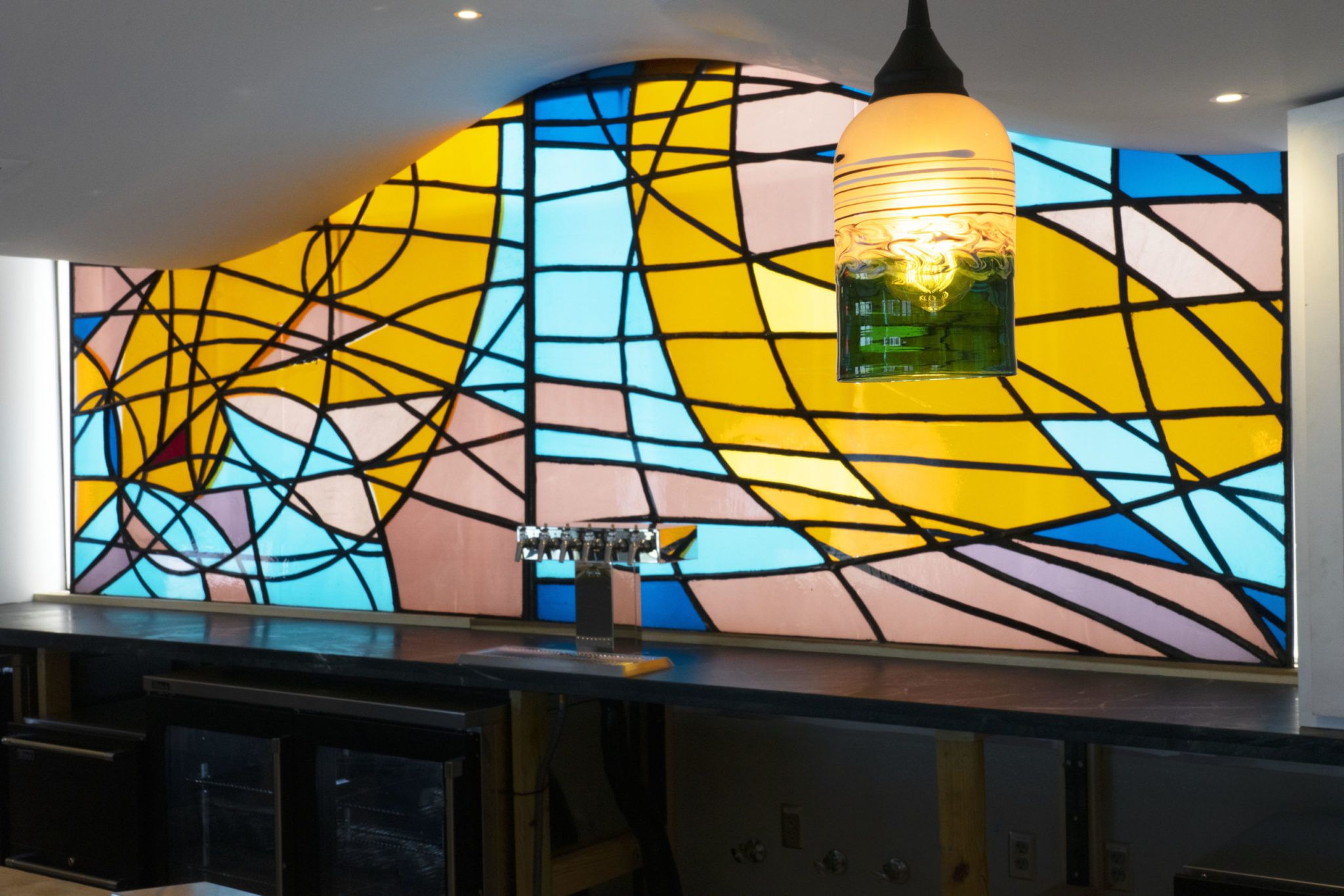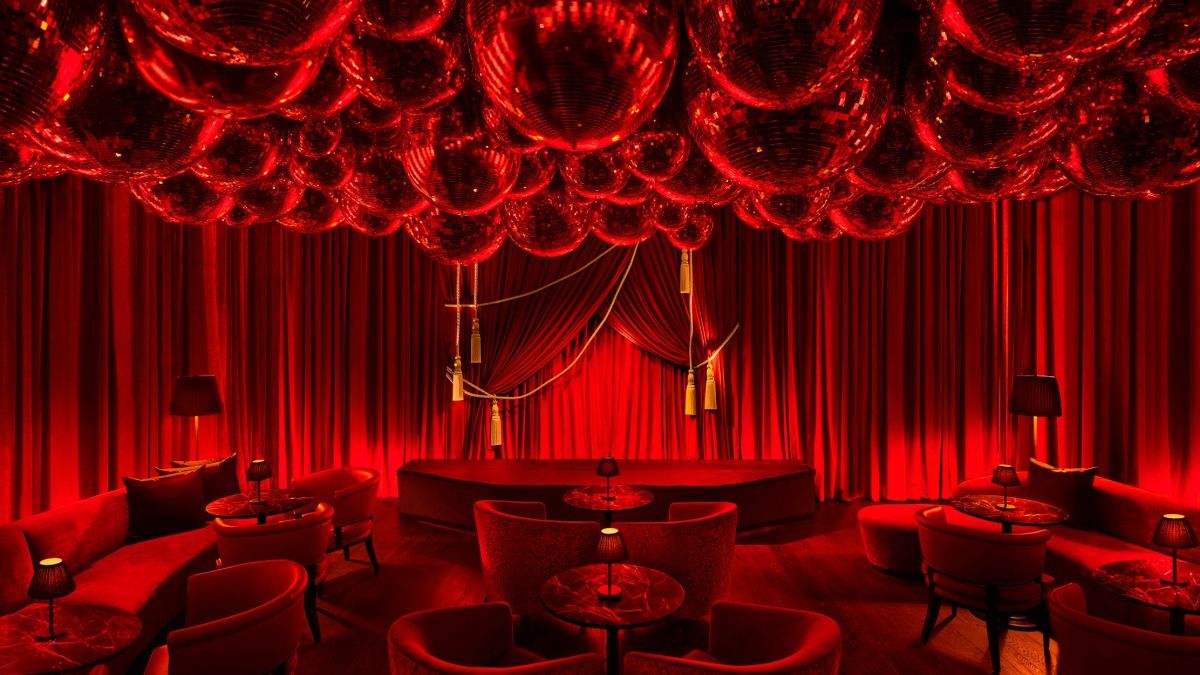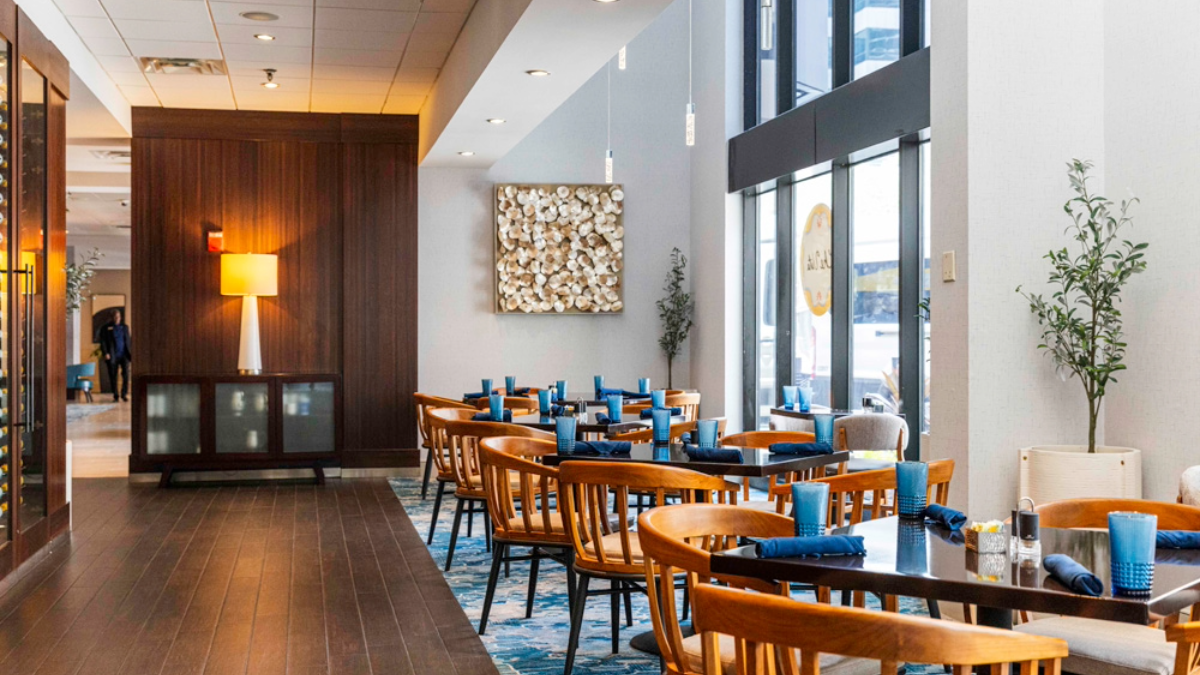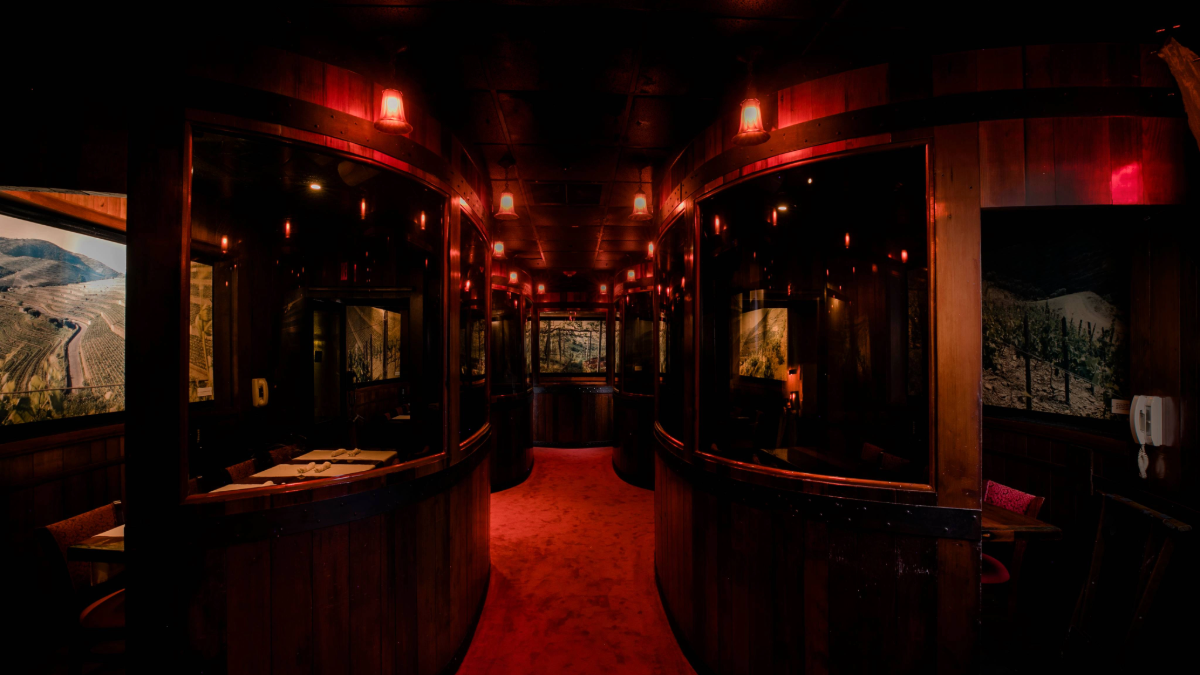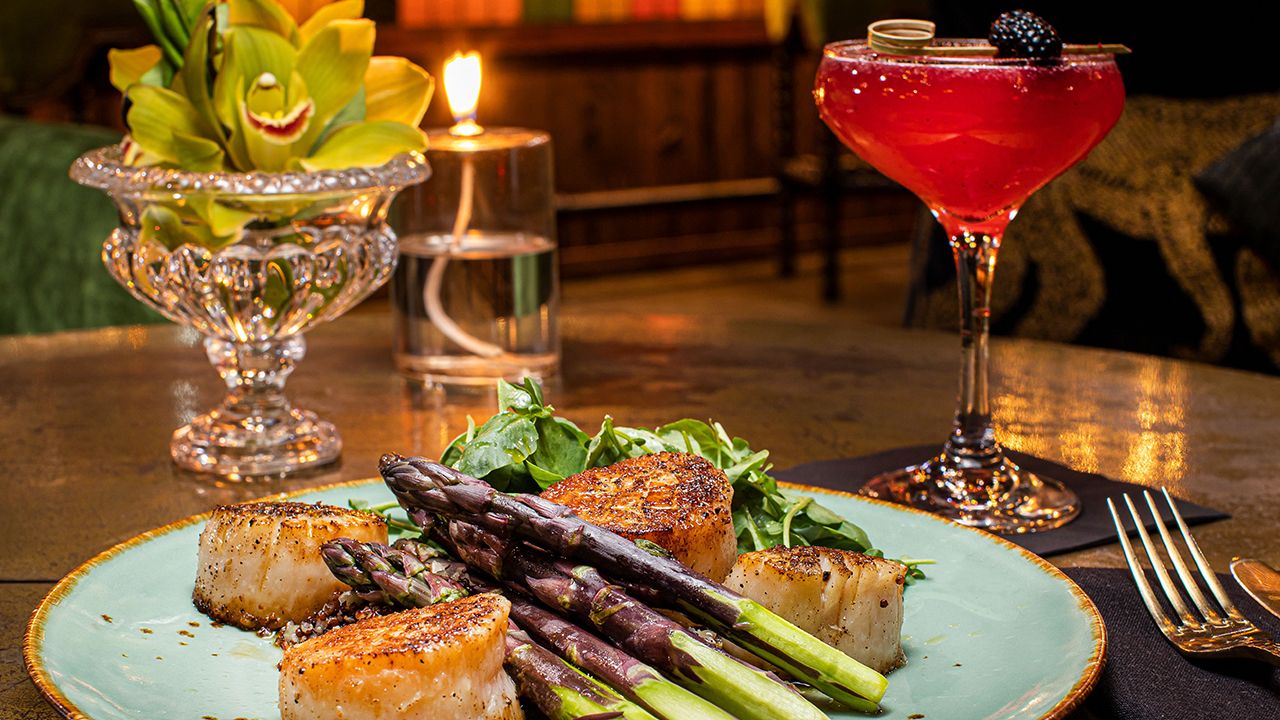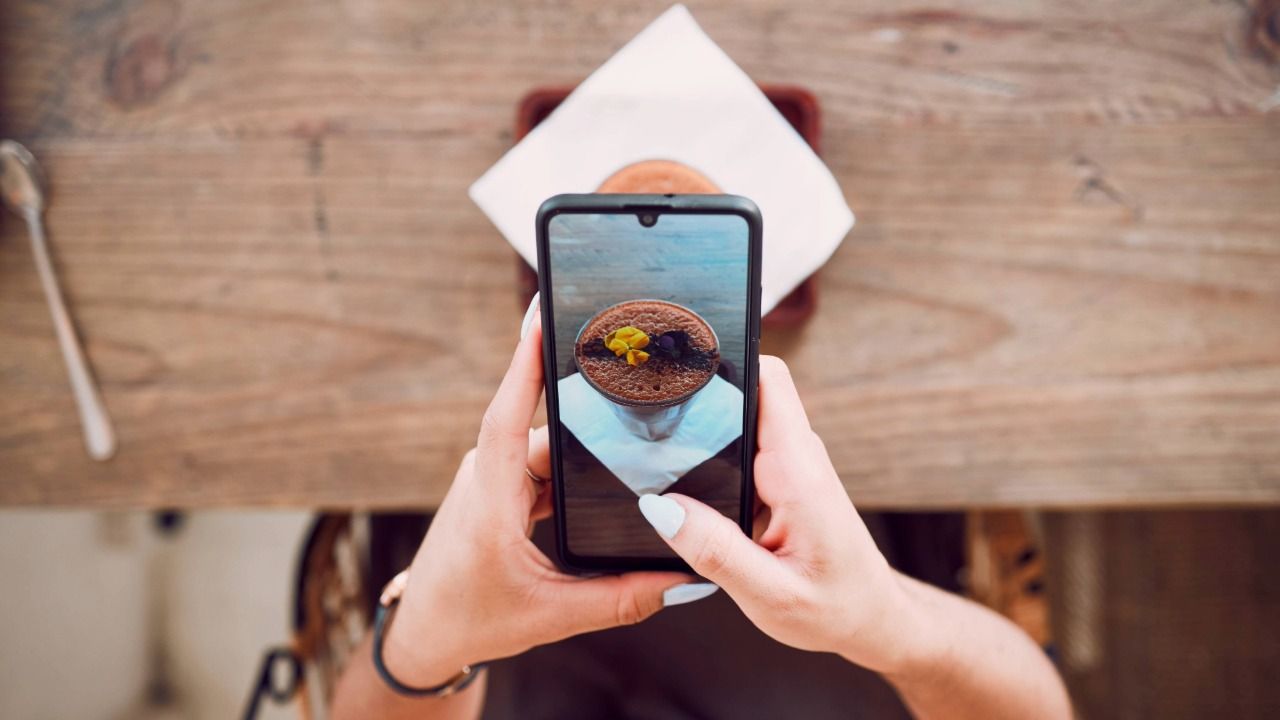Richard Gonzmart’s newest restaurant, Casa Santo Stefano, pays tribute to the Sicilian immigrants who helped establish Ybor City in the late 1800s. The concept for the restaurant has been in the works for years, but the perfect building and location were needed.
When Gonzmart bought the building just across the street from his flagship Columbia Restaurant, it was time to bring the concept to life. Now, almost complete, Gonzmart gave Tampa Bay Business & Wealth Magazine an exclusive sneak-peak inside his homage to an important part of Ybor City’s history.
The building was built in 1925 and served as the Ferlita Macaroni Factory. Gonzmart bought it several years ago.
“I always loved that building,” says Richard Gonzmart, president and 4th generation “caretaker” of the Columbia Restaurant Group.
Its beige brick façade, with details from the Colonial Revival period, stands out against the other buildings nearby. The original Palladian-style portico, a symbol of prosperity and achievement, serves as the front entrance. Once inside, guests are transported back to Sicily in the 1920s. It’s a labor of love and passion for Gonzmart, whose eye for detail and authenticity shine in every corner.
Artwork and antiques, all sourced by Gonzmart, can be seen throughout the restaurant. Within the entrance-vestibule is a detailed relief of the Last Supper, cast in stone. On the opposite wall is the first of several stained glass pieces created by Joe Testa-Secca, a longtime Tampa resident and artist. The glass was once part of the St. Anthony Chapel at Tampa’s Jesuit High School. Both pieces, plus the cathedral chandelier, pay respect to the importance religion has in Sicilian culture.
Inside the main dining room, guests are treated to a wide variety of artwork. Custom-made pendant lights, resembling strands of spaghetti, illuminate the open kitchen. Large tiles, made for Gonzmart by an artist near Italy’s Mount Aetna, crown the bar top. The tiles feature a garland of citrus, grapes and flowers. Another chandelier, made with glass marbles, resembles bunches of grapes and gives a nod to the Sicilian craft of winemaking. The wine list at Casa Santo Stefano will feature over 200 bottles of wine, all from Sicily, and Gonzmart says, “will be the largest collection of Sicilian wines in the world.”
Some of the art evokes memories of family life. A sculpture of a grandmother in the garden presides over a booth at the front window. Here, the cherubic nonna holds a trowel in one hand and a flower in the other, symbolizing the rewards of cultivating the soil and natural beauty. It seems appropriate since so many Sicilians built their lives, and families, around the land they farmed. According to Gonzmart, “So many people don’t know where food comes from. They don’t make the connection from the food on their plate to the land.” An edible garden will be prominently placed for guests to see. It will help make that connection and will supply the restaurant with fresh herbs and produce.
The second-floor features more art and antiques. An antique barbershop, complete with an ornate barber chair from the early 1900s, greets guests as they step off the elevator. It harkens to the days when Benny’s Barber Shop served the community from its corner, on 7th Avenue and 22nd Street. An old tractor is repurposed as a table base and the rooster, a symbol of good fortune in Sicily, will be seen in metal sculptures and on the china.
Guests will see the Santo Stefano countryside through a window near the kitchen. The photo was taken by Gonzmart on a trip to Sicily years ago, and the visual illusion captures the essence of his restaurant.
Guests get a glimpse into a lost world that celebrates family, tradition and the values of hard work and authenticity. “I feel a responsibility to make sure the past is not forgotten,” says Gonzmart. And Casa Santo Stefano breathes new life into a bygone era.[image_slider_no_space on_click=”prettyphoto” height=”300″ images=”9503,9502,9501,9500,9499,9498,9497,9496,9495,9494,9493,9492,9491,9490,9489″]

